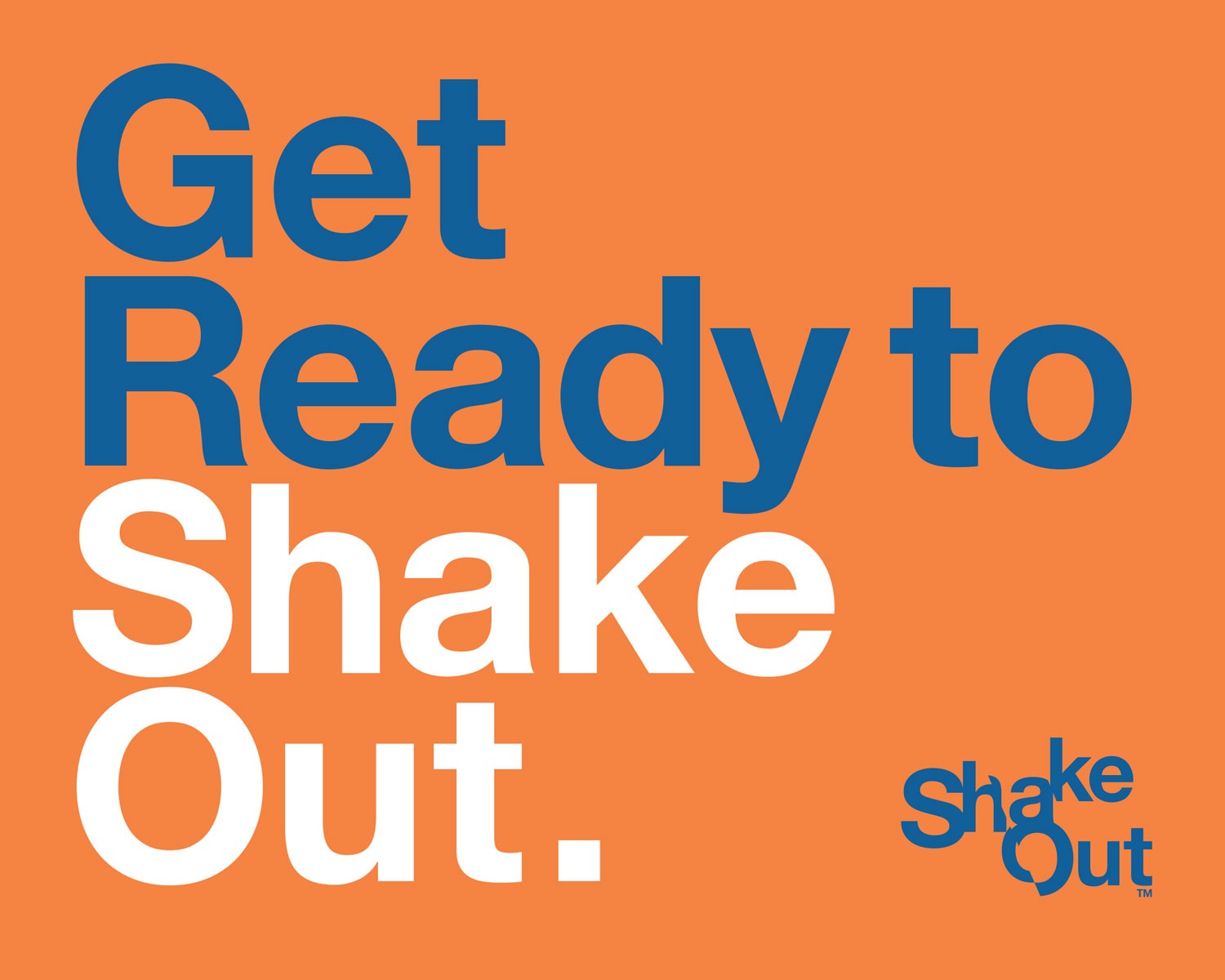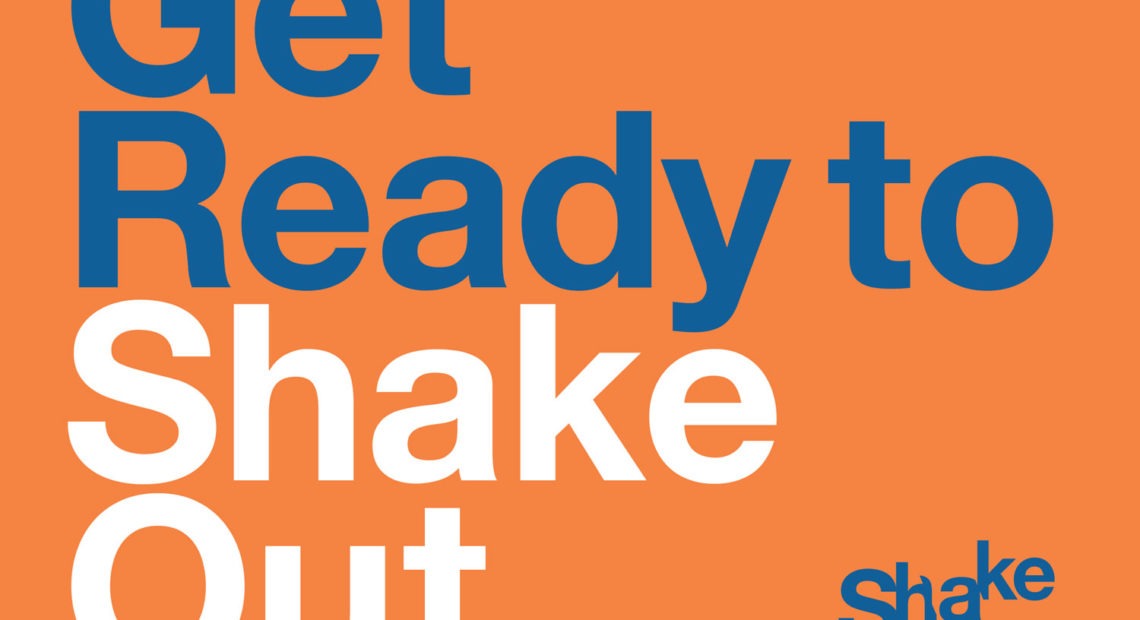
Get Ready To Shake Out Thursday, October 17
Most of the Northwest is prone to earthquakes. Are you prepared to survive and recover quickly?
You’ll hear a drill message on NWPB radio during the Great ShakeOut on October 17 at 10:17 AM. It’s a region-wide practice session on being safer during big earthquakes called Drop, Cover and Hold On.
The ShakeOut encourages everyone to review and update emergency preparedness plans and supplies and to secure your space in order to prevent damage and injuries. The more prepared you are now, the better off you’ll be during and after after the next big earthquake.
Most earthquake-related injuries and deaths are caused by collapsing walls and roofs, flying glass and falling objects. It is extremely important to move as little as possible during the shaking. Be sure to identify a few safe spots in your home, office or school that are easily accessible.
Related Stories:
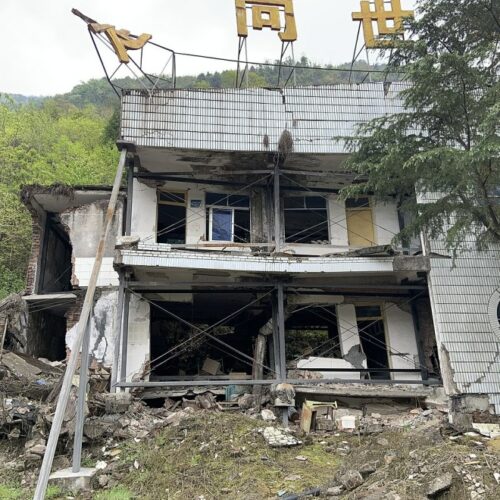
Hundreds Of Washington Schools Start Academic Year With Failing Grade On Quake Safety
Tens of thousands of public school students in Washington state returned to classes this month in school buildings judged to be at risk of collapse in a strong earthquake. A new report to the state Legislature prepared by state geologists and a structural engineering firm gave the lowest possible seismic safety rating to more than 90 percent of the school buildings assessed in a selective statewide survey.
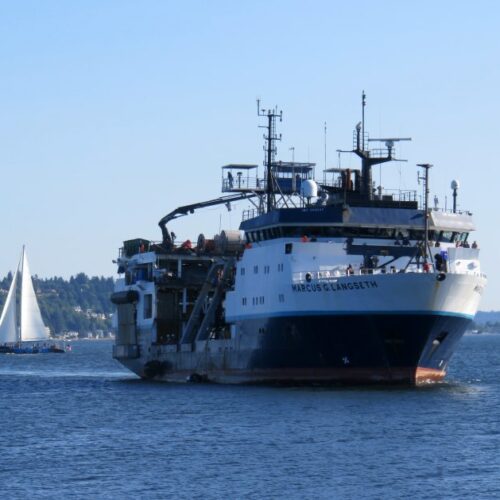
Seismic Research Ship Goes Boom-Boom To Seek Answers At Origin Of The Next Big One
Earthquake researchers are eager to dig into a trove of new data about the offshore Cascadia fault zone. When Cascadia ruptures, it can trigger a megaquake known as “the Big One.” The valuable new imaging of the geology off the Oregon, Washington and British Columbia coasts comes from a specialized research vessel.
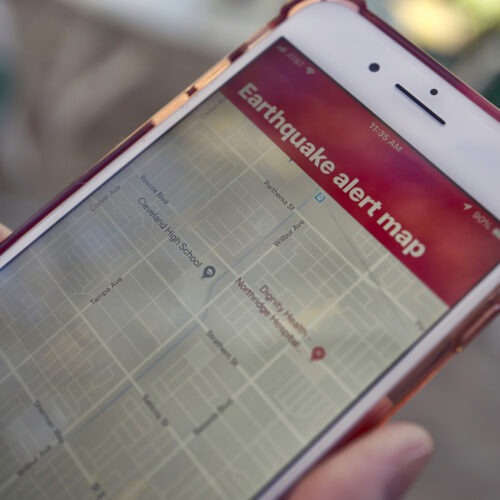
West Coast Now Covered By Earthquake Early Warning System With Addition Of Washington
Residents living on the West Coast don’t know when the next earthquake will hit. But a new expansion of the U.S. earthquake early warning system gives 50 million people in California, Oregon — and now Washington — seconds to quickly get to safety whenever the next one hits.

